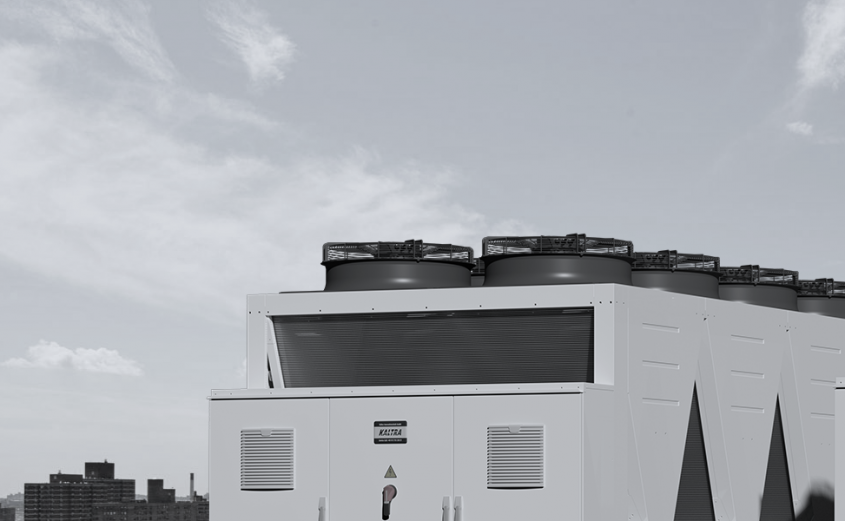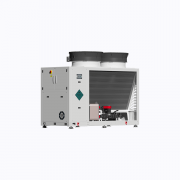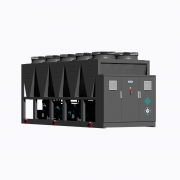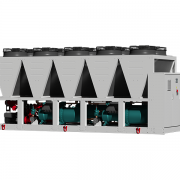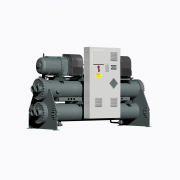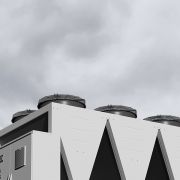Capacity control for screw-compressor chillers
Capacity control is in high demand for many cooling systems where cooling loads are not constant, and adjusting the system’s capacity to meet the prevailing load is essential for optimum efficiency. Efficiency primarily depends on compressor suction and discharge pressures, with the influence of secondary factors like useful and non-useful superheat and subcooling. As the screw compressor unloads, its suction pressure lowers (at the fixed condensing temperature), and efficiency decreases. Capacity control mechanisms allow maintaining the desired suction pressure by adjusting the refrigerant flow through the compressor.
Latest-generation screw-compressor chillers, stand out for operational reliability, wide operating envelope, and stable performance over the lifespan, offer discharge capacity control mechanisms based on adjusting compressor displacement or speed regulation. Both types allow infinite regulation in a range from 20-25 to 100%, sufficient for almost all applications, and high part-load efficiencies.
Mechanical Capacity Control
Mechanical discharge capacity control is realized through a slider valve, which adjusts compressor displacement by shifting the start of the compression process via axial movements of a slider valve. Controlled by solenoid valves, the slider enables smooth capacity regulation over an entire operating range.
Variable Speed Control
This design employs an induction motor to control the speed of the compressor. Variable frequency drive (VFD) consisting of an inverter, DC-link capacitor, and rectifier, is the most prevalent construction of drive used in the design of compressors. VFD varies the speed of induction motor, performs gradual acceleration – to reduce inrush current – and deceleration, and provides compressor overload protection. Thus, compressor speed and, in turn, its flow delivery is continuously in line with actual cooling demand while avoiding unnecessary energy consumption.
Figure 1: Capacity control comparison chart
VDF vs. Slider Control
Both VDF and slider control designs provide adaptation of the compressor capacity to the required performance. Notwithstanding, the selection shall be made based on load profile and operating conditions, also with taking into account costs, performance, and efficiency at the given working conditions.
The following summarizes the pros and cons of being considered when making the decision of which system to fit:
- Costs. The slider control is a cost-effective solution compared to variable speed control
- Chillers with frequency inverter have the best efficiency advantage at low part-load conditions
- At full loads, chillers with mechanical capacity control demonstrate higher efficiencies
- As converting AC power to DC bus and back to simulated AC sine wave results in a penalty of up to 4% of the power, the COP achieved by VFD chillers is lower compared to direct net operating chillers
- Operating range. Systems with frequency inverters are limited by the slightly narrower operating range and resultant lower maximum condensing temperature
- Systems featuring variable frequency drives has the possibility to increase output by operating at higher mains frequency (over 50Hz)
- Power grid limitations. VFD is preferable if there are any restrictions on currents generated during system startup
When selecting the capacity control system for screw chiller, it is also necessary to take into account the number of compressors, refrigeration circuits, and control strategy of the whole chilled water plant, differences in cooling demand, e.g., seasonal or daytime changes. Having a cooling load profile on hand helps to make design decisions about what unloading mechanisms of the chillers shall be used to ensure efficient chilled water plant operation.

